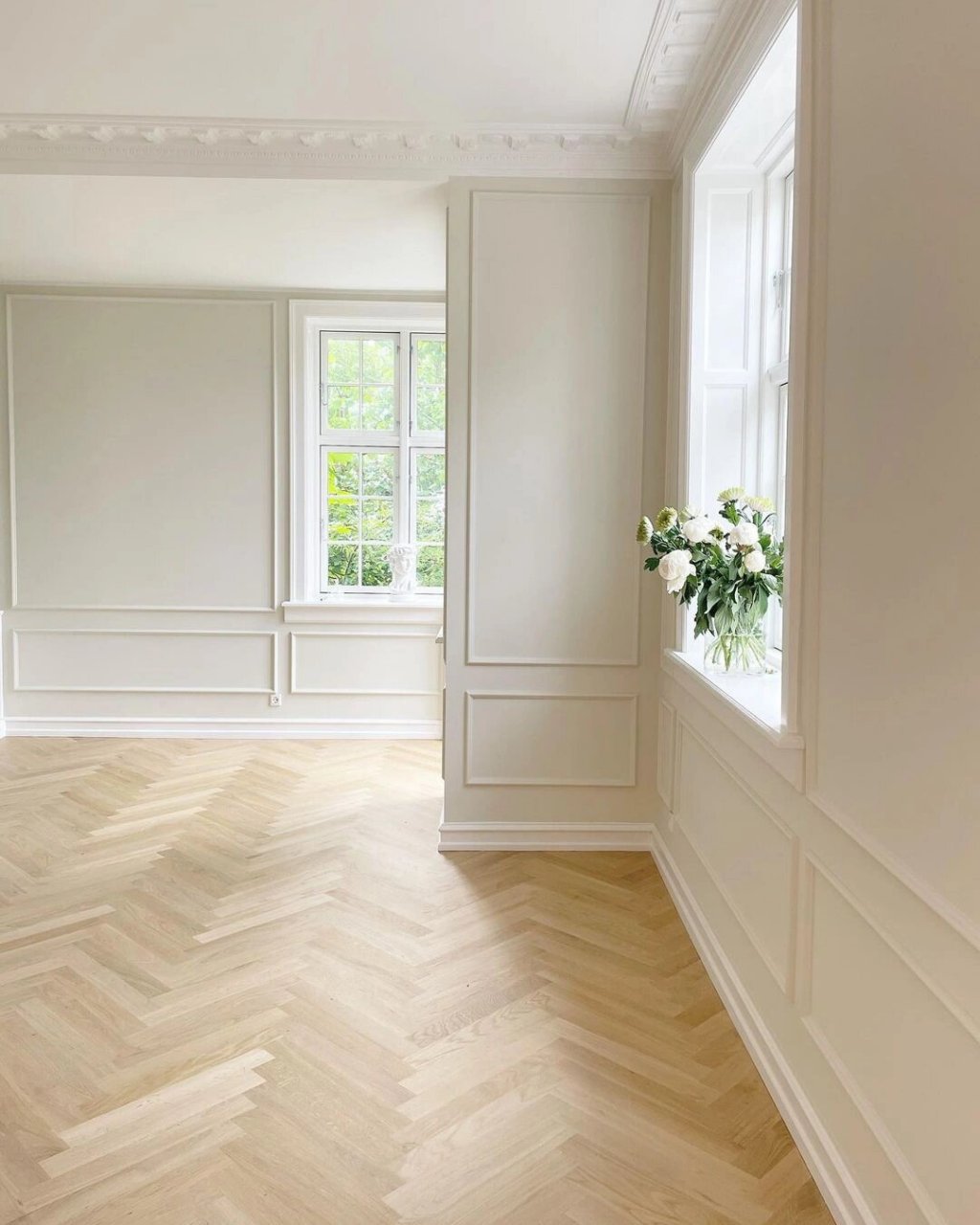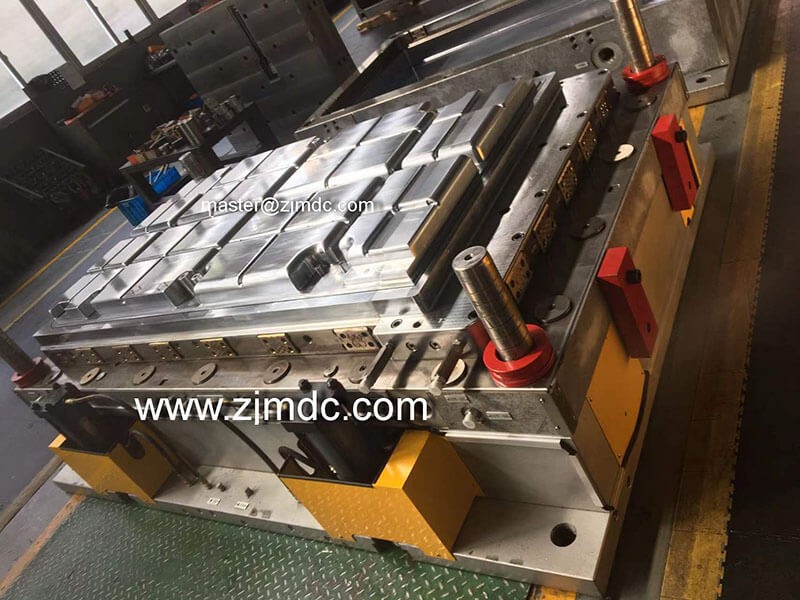Introduction to Composite Trim Solutions
In modern architecture and home design, composite baseboard trim and composite trim boards are becoming increasingly popular. These materials provide a durable, stylish, and low-maintenance alternative to traditional wood trims. They are ideal for both residential and commercial spaces.
What is Composite Trim?
Composite trim is manufactured from a combination of wood fibers, plastic resins, and bonding agents. These materials are molded or extruded into various profiles suitable for interior and exterior applications.
Common Types of Composite Trim Boards
- Composite Baseboard Trim
- Window and Door Casings
- Crown and Skirt Molding
- Corner Boards
- Decorative and Panel Trim

Benefits of Composite Baseboard Trim and Trim Boards
- Moisture Resistance: Ideal for humid environments such as bathrooms and basements.
- Termite and Pest Resistance: Composite materials are unattractive to pests.
- Impact Resistance: More durable than traditional wood under daily wear and tear.
- Low Maintenance: Requires no sealing, staining, or repainting.
- Versatile Design: Available in a variety of profiles and finishes that mimic real wood.
Applications of Composite Trim
Composite trim is ideal for:
- Residential homes
- Commercial buildings
- Interior renovations
- Wet and coastal environments
Installation Guide for Composite Trim Boards
Composite trim can be installed using traditional woodworking tools. Steps include:
- Measure and cut the boards precisely using a miter saw.
- Secure using finish nails or screws; use adhesive for extra hold.
- Seal joints with waterproof caulk for a smooth finish.
- Touch up with paint if necessary, or choose pre-finished products.
Composite Trim vs. Wood Trim
| Feature | Composite Trim | Wood Trim |
|---|---|---|
| Moisture Resistance | Excellent | Poor |
| Durability | High | Moderate |
| Maintenance | Low | High |
| Appearance | Wood-like, consistent | Natural, variable |
| Cost | Higher upfront | Lower upfront, higher long-term |
Design and Color Options
Composite trim boards come in:
- Smooth or woodgrain textures
- White, beige, grey, and custom paintable finishes
- Contemporary, traditional, and colonial styles
Environmental Benefits
Many composite trims are made with recycled materials, making them a sustainable option. Their longevity also reduces replacement frequency, conserving resources over time.
